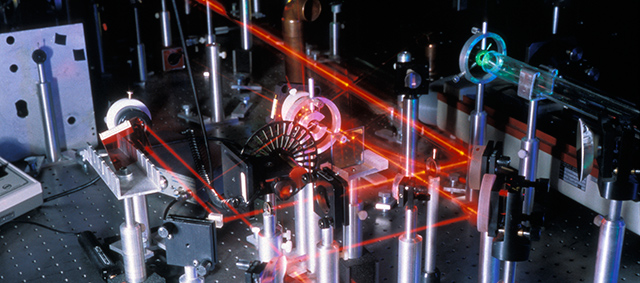LASIK eye surgery is still one of the most popular procedures for vision correction with hundred of thousands of individuals receiving the surgery annually. Though most patients will admit that they are less interested in details of how the procedure actually works and are more concerned with results, understanding exactly why people’s vision becomes blurred will help your own understanding of how LASIK surgery can help improve your vision. In addition, learning about how LASIK works will help your own choice to decide if the procedure is right for you.
Why Does Vision Blur?
Blurred vision occurs due to ocular (eye) symptoms that happen when an object’s sharpness is poorly defined. The individual may also suffer from an inability to see small details.
When people “see,” they are actually simply viewing different amounts and shades of light. For those with perfect vision, the light that enters the eye is focused directly on the retina. From the retina, it is then transmitted to your brain through the optic nerve where an image is then formed.
For those wearing prescription contacts or glasses, the light entering the eye does not fall directly onto the back of the eye on the retina. For short sighted individuals, the light that enters the eye will fall in the front of the retina, meaning that the primary focusing mechanism in an individual’s eye is too strong, hence the shortsightedness. For those that are far-sighted, the light entering the eye falls behind the retina, making the focus mechanism in your eye too weak.
It should be mentioned that blurred vision can be caused by other eye issues including diabetic retinopathy, infection, injury, macular degeneration, retinal detachment and cataracts. Blurred vision can also stem from using certain medications such as atropine or other anticholinergics. LASIK will not correct blurred vision if the patient is suffering from one of these conditions.
How Does LASIK Correct Vision?
For short-sighted individuals, LASIK will actually weaken eye power by reshaping the cornea (the primary focusing element of the eye – the clear outer most part of the eye). By correcting shortsightedness, the LASIK surgeon will slightly flatten the excessive curve with the laser. After the cornea is flattened to the appropriate shape, the light entering through the eye will now be directly focused onto the retina.
To correct far-sighted patients, where the focusing mechanism is too weak, the LASIK surgeon will use the laser to steepen the curve of the cornea (the cornea will be too flat). With the reshaped cornea, now steepened to the correct shape, the power of the eye increases and once again, the light entering through the eye will now be focused directly onto the retina.
Things to Consider
While LASIK has enhanced the vision and lives of countless patients every year, it is important to fully understand the aspects and processes of LASIK surgery. Individuals that suffer from blurred vision may have a separate condition that will require a different type of treatment. Each patient will have a slightly approach taken by their LASIK surgeon, tailored to their own specific needs.
Here in Houston, Dr. Goosey will provide a personalized consultation to cover all the specifics and details for your procedure. Being fully informed of the process and details of each procedure is imperative for any individuals considering undergoing LASIK and Dr. Goosey has you covered.
Dr. Goosey is one of the most experienced, trusted LASIK specialists in the area. His expertise and personal care will help patients’ feel comfortable and confident in making a decision to undergo LASIK.
Contact Dr. Goosey today if you believe that LASIK is the right solution to fix your blurred vision.
Please take our quick, free online survey to see if you are a LASIK candidate.






